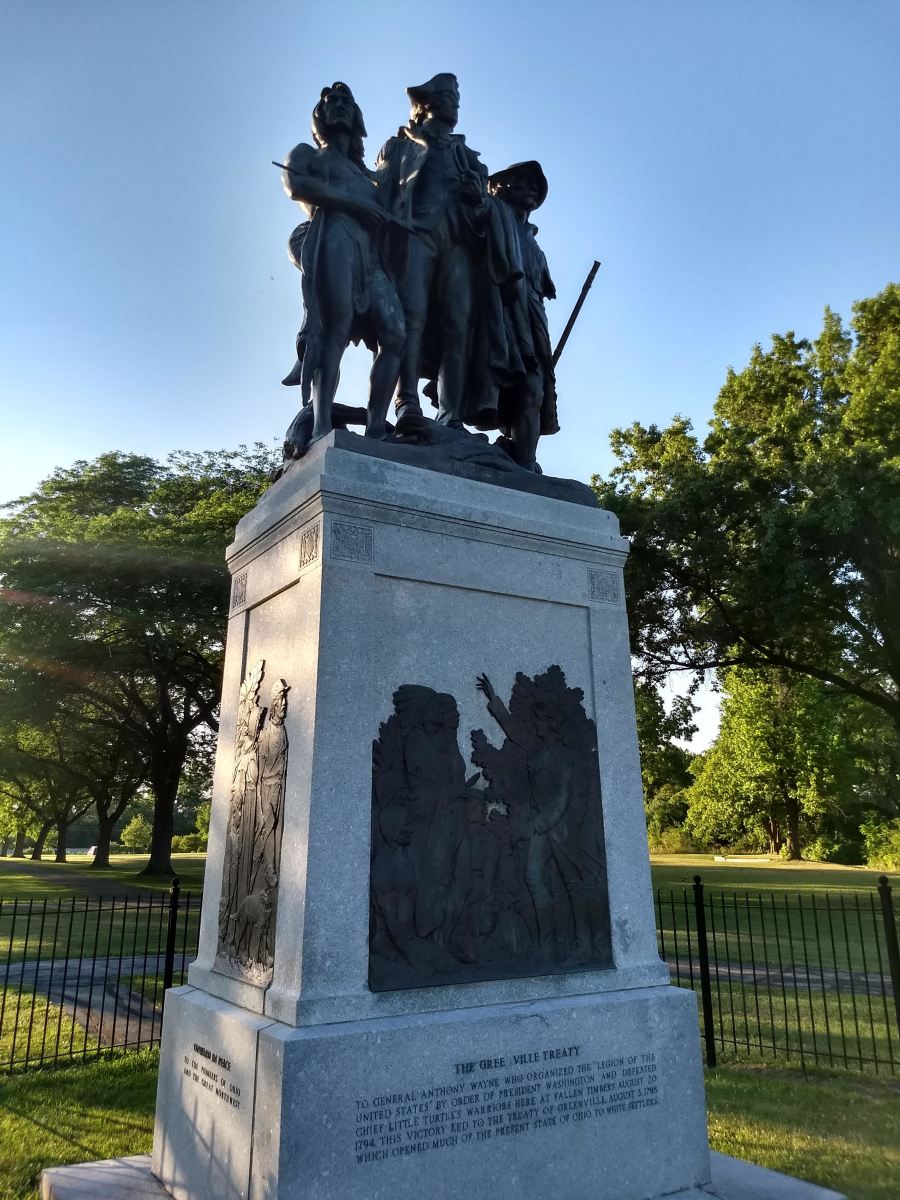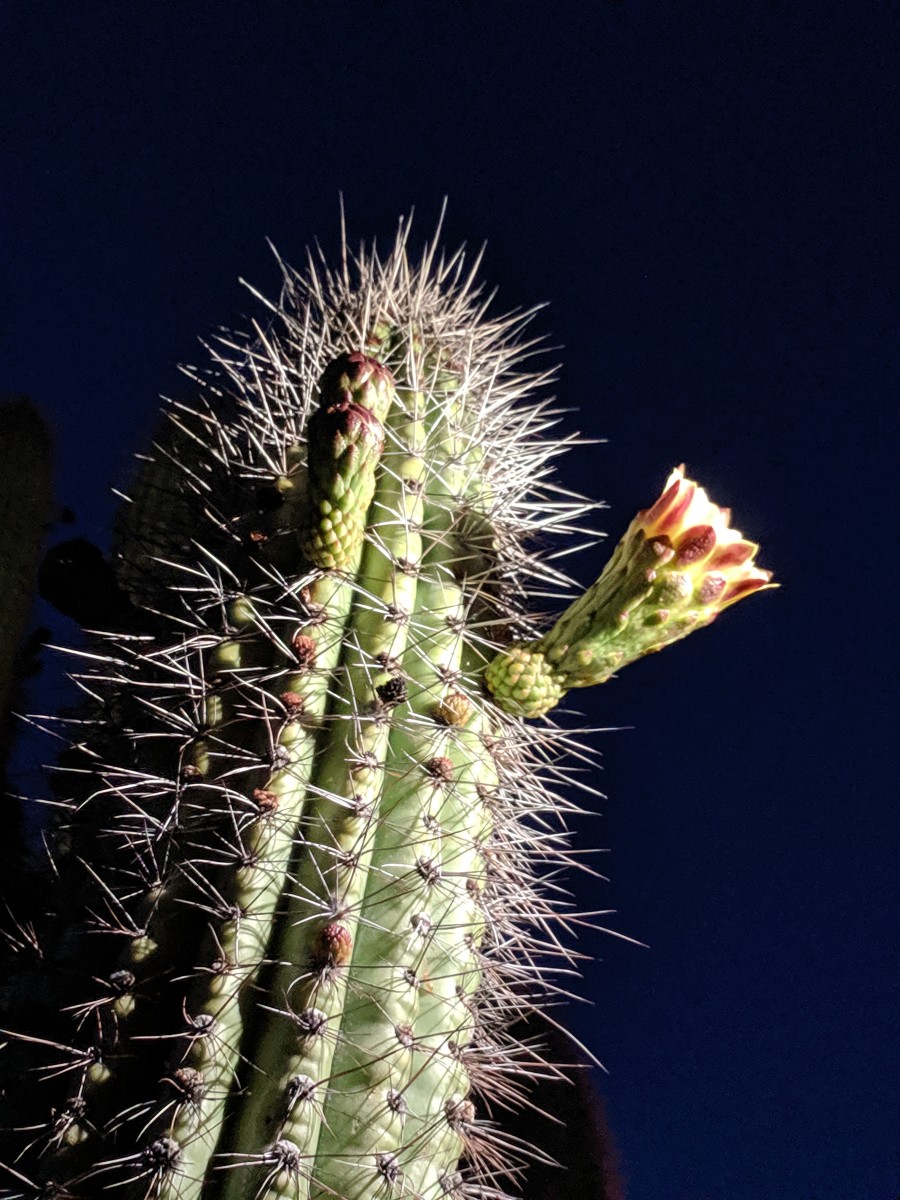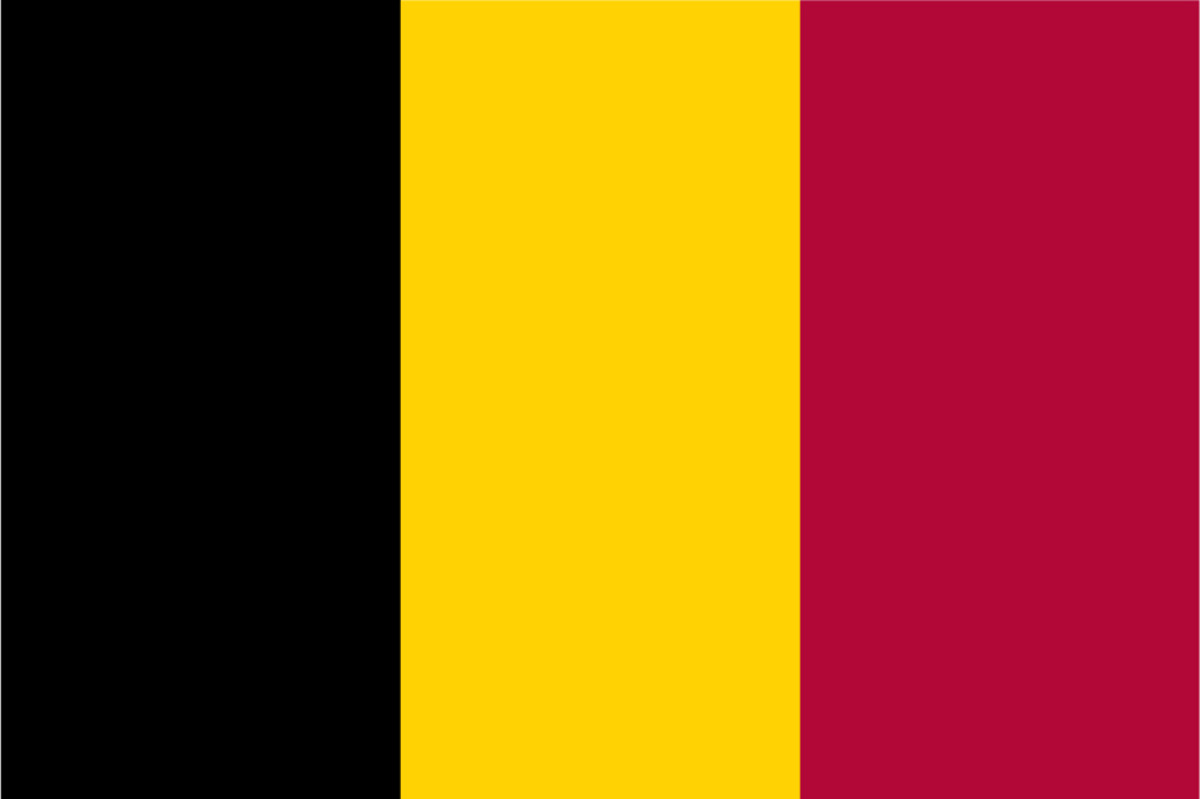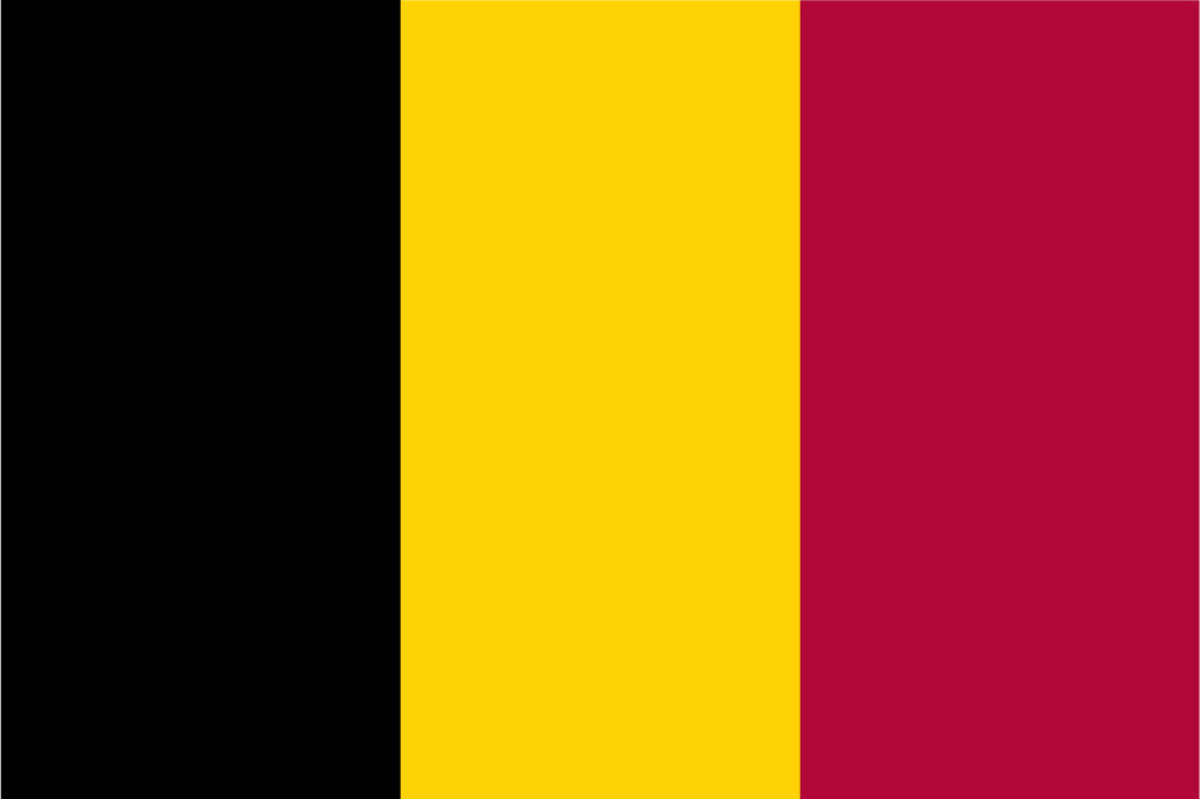Visiting the Verhaeren monument, Roisin, Belgium: remembering a writer sometimes known as the national poet of Belgium
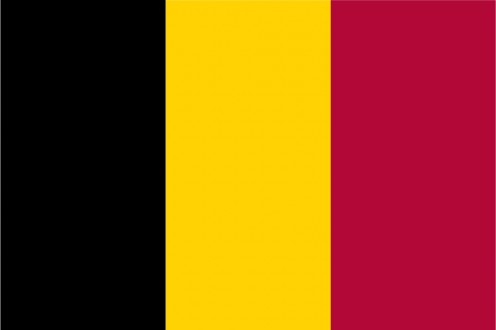
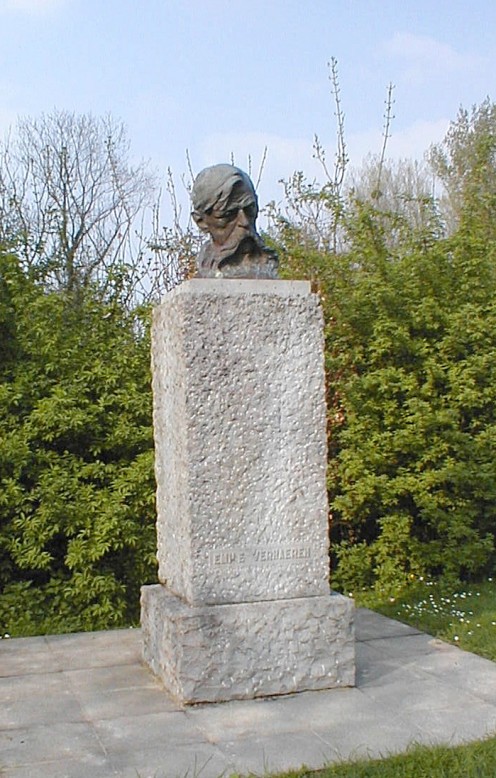

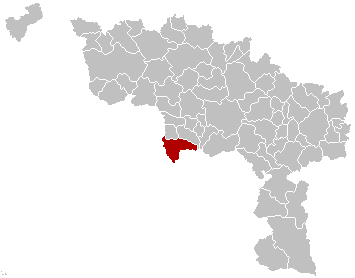
Grappling with the 'national' in Belgian identity?
The poet Emile Verhaeren (1855-1916) is remembered today in his native Belgium as an accomplished poet who, while in exile in World War One, kept alive a spirit of resistance in the face of German military occupation. He was formerly sometimes referred to as Belgium's national poet.
However, his reputation has waned somewhat in recent years, not necessarily because of perceived shortcomings of his work, but rather because the sometimes fractious Belgian political scene, in which linguistic issues assert themselves with a perennial insistence, has made it more difficult for French-language writers to be regarded as nationally representative of Belgium as a whole rather than of the specifically French-speaking areas of the country.
A small monument commemorating Emile Verhaeren has been erected at Roisin, in the municipality of Honnelles, in Belgium's Walloon region. As part of the monument area, a plaque containing various extracts of Verhaeren's poems has been provided. The choice of Roisin as the location for the monument is particularly suitable, since Emile Verhaeren spent several summers there from 1900 onwards.
A small museum is also housed nearby, and I was interested to see on display a signed copy of one of the poet's works dedicated to the French writer Maurice Barrès.
Influenced by Symbolism, Emile Verhaeren's poetry works include 'Cities and their Tentacles' (Les Villes tentaculaires ), 1895, and 'Multiple Splendour' (La Multiple Splendeur), 1906 and many other works of poetry; he also wrote a number of plays.
Emile Verhaeren was born in Sint-Amands, Antwerp province, in 1855 and died accidentally in Rouen, France, in 1916. At the time of his death, the French government wished for Verhaeren to be interred in the Panthéon, Paris, but objections overruled this measure. Today, some Belgian politicians, in the face of regionalist pressures, find it difficult to articulate a strong defence of the commemoration of a writer born in officially Dutch-speaking Flanders, or, more generally, of writers who in their lifetimes did not conform rigorously to language usage policies subsequently introduced in the country.
In any case, foreign visitors will conclude that it is for Belgians themselves to decide who they wish to be and whom they wish to commemorate.
Also worth seeing
At Roisin itself, the Château des Baudry dates from the 13th to the 18th centuries. The picturesque Grande Honnelle river passes through the immediate locality known as le Caillou qui Bique. (Seeing isn't believing : The very name of this river is an example of the somewhat contorted linguistic developments which can occur in Belgium: the Grande Honnelle river rises in nearby France, where it is known as the Hogneau river; however, once over the border with Belgium, it becomes known as the Grande Honnelle. But significantly, the river flows back into France again, whereupon it becomes known once more as the Hogneau. Its Belgian course is thus all of 12 kilometres in length.)
Mons , Belgium (distance: 36 kilometres); its City Hall and Sainte-Waudru church are of architectural note.
Tournai , Belgium (distance: 54 kilometres) has an imposing, Medieval cathedral, and a fortified gate over the Scheldt river.
Valenciennes , France (distance: 17 kilometres) has a striking City Hall and the massive Saint-Cordon basilica.
...
How to get there: Brussels Airlines flies from New York to Brussels Airport (Brussel Nationaal / Bruxelles-National ), from where car rental is available. Brussels is the nearest large airport to Roisin (distance: 109 kilometres). For up to date information, please check with the airline or your travel agent. Please refer to appropriate consular sources for any special border crossing arrangements which may apply to citizens of certain nationalities.
MJFenn is an independent travel writer based in Ontario, Canada
Other of my hubpages may also be of interest
- Visiting Tournai, Belgium and its amazing cathedral: Medieval monumentality run amok?
- Visiting Antoing, Belgium: with its Medieval castle of the de Ligne Princes
- Visiting Mons University, Belgium: distinguished 19th century foundations
- Visiting Valenciennes, France and its remarkable City Hall: an unforgettable, ornate frontage
- Visiting Valenciennes, France: a skyline marked by the tower of Saint-Cordon church




